Satellite remote sensing
Sun-Earth Physical relations
Geoinformatics
River dynamics
Whistler and trimpi research
The research of the lightning-triggered VLF-signals, the whistlers is a cheap, useful and natural tool of the investigation of the magnetosphere and the space surrounding the Earth. Our activity is taken in the following directions:
- Whistler recording (on satellites and on the Earth) and analysis
- Mass processing of whistlers
- Whistler analysis (reseach of the fine structure, investigation of the direction of the propagation
- Theoretical wave propagation models
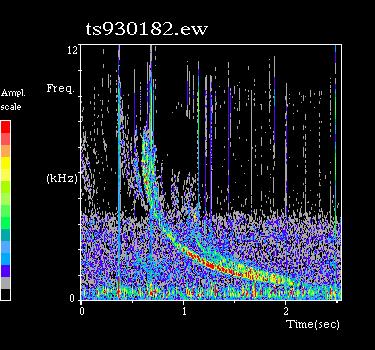
A whistler recorded at Halley, Antarctica (British Antarctic Survey)
A new field of our interest is the analysis of lightning associated ionization enhancement regions in the upper atmosphere. Effect of such regions, so called Trimpi effect appears as a short perturbation - both in amplitude and phase - on signals of long-distance navigational VLF-transmitters.
The solution of Maxwell equations for ion-whistlers occuring in multicomponent plasma
was worked out by refinement of real-whistler solutions of these equations. Proton- helium- and
oxygene-whistlers were simulated by computer using this results (see figure below) and these
simulations show good correlations with the similar signals recorded on spacecrafts. Besides
this, the form and dynamic spectrum of whistler fragments recorded by spacecrafts were detailly
investigated.
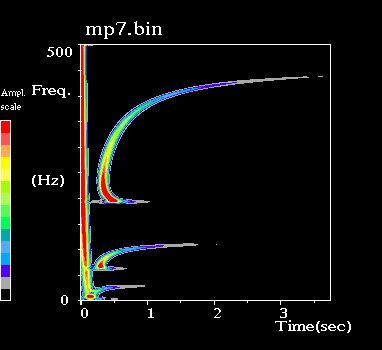
Whistler components E-W and N-S recorded in Antarctica were evaluated by matched filtering and parameter estimation. It was proved that the fine structure splitting expands wider frequency range than expected after previouns analysis.
The wavenormal directions of whistler fragments recorded on spacecraft AUREOL-3 were calculated. They occured to be in the 10-15 degree neighborhood of the geomagnetic line of force proving the quasi-longitudinal propagation.
The effect on VLF wave propagation of the particle precipitation (The Trimpi phenomena) were registered in a multiple experiment and measurement campaign at Budapest, Erd and Penc. A new measurement equipment was involved to the process.

Satellite measurements
The SAS2 instrument on the Compass-2 satellite:
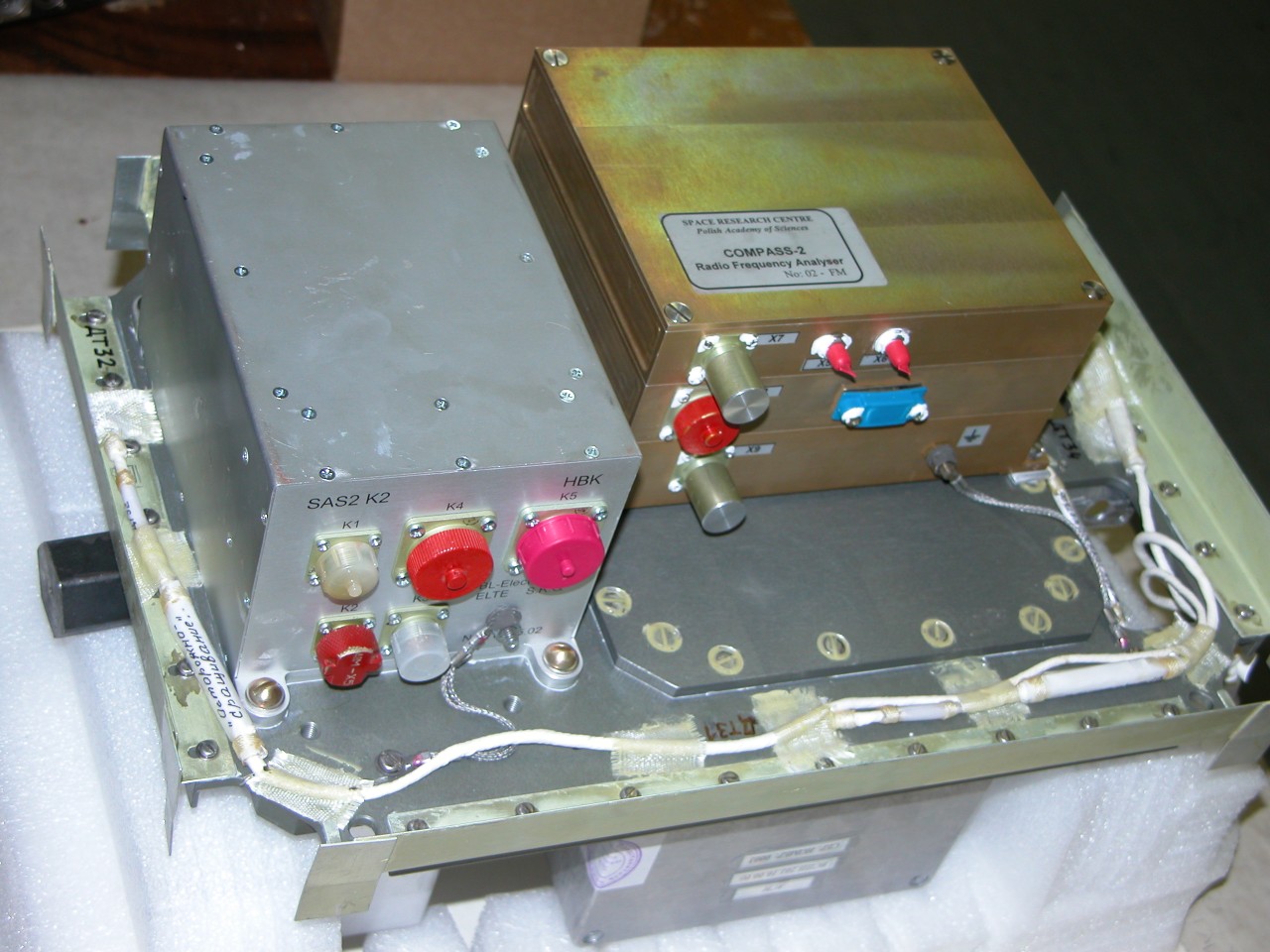 ]
]
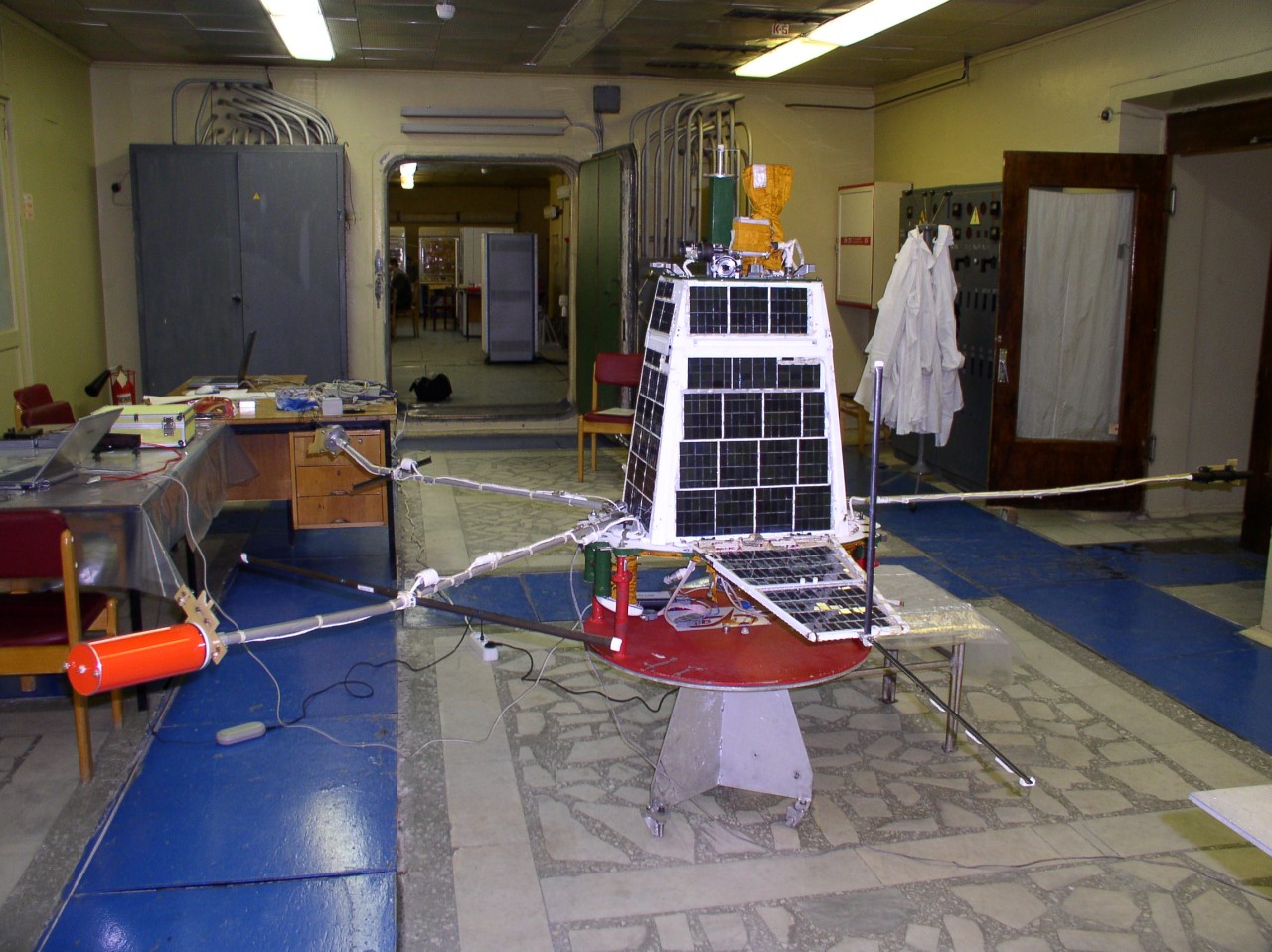
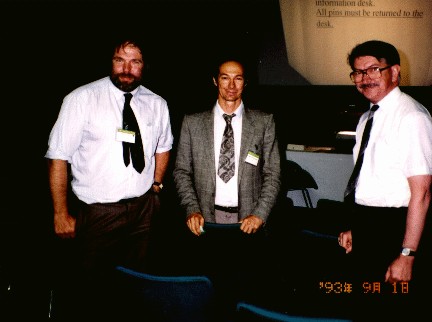 International cooperations:
International cooperations:
 British Antarctic Survey (Cambridge, UK)
British Antarctic Survey (Cambridge, UK)
 Wallops Flight Facility, NASA, GSFC (Wallops Island, USA)
Wallops Flight Facility, NASA, GSFC (Wallops Island, USA)
 Stanford University, STAR Laboratory (USA)
Stanford University, STAR Laboratory (USA)
 University of Otago (Dunedin, New-Zealand)
University of Otago (Dunedin, New-Zealand)
 National Space Agency of Ukraine
National Space Agency of Ukraine
 University of Natal (Durban, South-Afrika)
University of Natal (Durban, South-Afrika)
 IKI RAN (Moscow, Russia)
IKI RAN (Moscow, Russia)
 Institut of Atmospheric Physics (Prága, Czech Rep.)
Institut of Atmospheric Physics (Prága, Czech Rep.)
 Geophysical Observatory (Sodankylä,Finland)
Geophysical Observatory (Sodankylä,Finland)
 Alenia Spazio (Italy)
Alenia Spazio (Italy)
 University of Electro-Communications (Tokyo, Japan)
University of Electro-Communications (Tokyo, Japan)
 RBS College, Bichpursi (Agra, India)
RBS College, Bichpursi (Agra, India)
 Banaras Hindu University (Varanasi, India)
Banaras Hindu University (Varanasi, India)
 Regional Engineering College (Srinagar [Jammu], India)
Regional Engineering College (Srinagar [Jammu], India)
 LPCE/CRNS (Orleans, France)
LPCE/CRNS (Orleans, France)




 ]
]

 International cooperations:
International cooperations: British Antarctic Survey (Cambridge, UK)
British Antarctic Survey (Cambridge, UK) Wallops Flight Facility, NASA, GSFC (Wallops Island, USA)
Wallops Flight Facility, NASA, GSFC (Wallops Island, USA) Stanford University, STAR Laboratory (USA)
Stanford University, STAR Laboratory (USA) University of Otago (Dunedin, New-Zealand)
University of Otago (Dunedin, New-Zealand) National Space Agency of Ukraine
National Space Agency of Ukraine University of Natal (Durban, South-Afrika)
University of Natal (Durban, South-Afrika) IKI RAN (Moscow, Russia)
IKI RAN (Moscow, Russia) Institut of Atmospheric Physics (Prága, Czech Rep.)
Institut of Atmospheric Physics (Prága, Czech Rep.) Geophysical Observatory (Sodankylä,Finland)
Geophysical Observatory (Sodankylä,Finland) Alenia Spazio (Italy)
Alenia Spazio (Italy) University of Electro-Communications (Tokyo, Japan)
University of Electro-Communications (Tokyo, Japan) RBS College, Bichpursi (Agra, India)
RBS College, Bichpursi (Agra, India) Banaras Hindu University (Varanasi, India)
Banaras Hindu University (Varanasi, India) Regional Engineering College (Srinagar [Jammu], India)
Regional Engineering College (Srinagar [Jammu], India) LPCE/CRNS (Orleans, France)
LPCE/CRNS (Orleans, France)